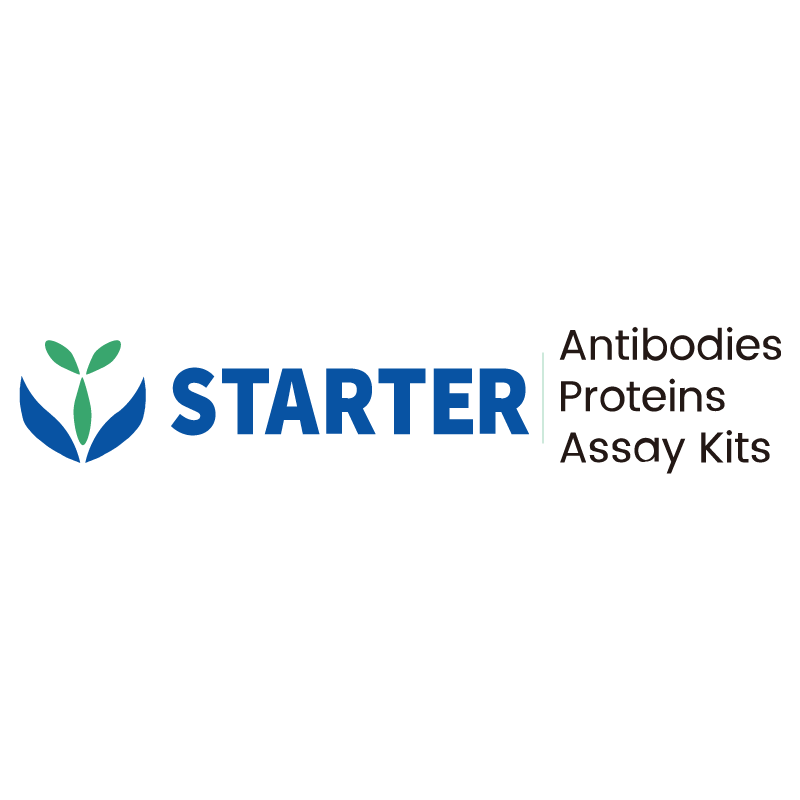2 μg(R: reducing conditions)
Product Details
Product Details
Product Specification
| Species | Felis catus |
| Synonyms | T-cell surface antigen T4/Leu-3 |
| Accession | P79355 |
| Amino Acid Sequence | Protein sequence (P79355, Met1-Thr413 (Lys20Glu, Ser84Cys, Val103Ile, Asn115Asp, Ser142Thr, Ser169Gly & insertions of SerThr between Thr148 and Ser149), with C-10*His) MNQGAVFRHLLLVLQLVMLEAAVPQGKEVVLGKAGGTAELPCQASQKKYMTFTWRLSSQVKILESQHSSLCLTGSSKLKTRFECKKILWDQGSFPLVIKSLQIADSGIYTCEVEDKKREVELLVFGLTAKVDPSGSGGSSSTSTSTSTSTSIYLLQGQSLTLTLESPSGSNPSVQWKGPGNKSKSGVHSLSLSQLELQESGTCTCTVSQSQKTLVFNTNILVLAFRKVSNTVYAKEGEQVEFSFPLNFEDENLMGNLRWKAEGAPSSLLWISFTLKNKQLSVKEVDPYSKLQMMDSLPLRFTLPNVLSRYAGSGNLTLVLDKGQLQQEVKLVVMRVTQSGNNLTCEVLGPTSPELTLSLKLKGQAAKVSKQQKMVRVEDAEAGTWQCLLSHKDKVLLASKAEVLPPVLTRTWTGGGGSHHHHHHHHHH |
| Expression System | HEK293 |
| Molecular Weight | Predicted MW: 46.8 kDa Observed MW: 50 kDa |
| Purity | >95% by SDS-PAGE |
| Endotoxin | <1EU/μg |
| Tag | with C-10*His |
| Physical Appearance | Lyophilized Powder |
| Storage Buffer | Lyophilized from a 0.2 μm filtered solution of 0.2M PBS, pH7.4. |
| Reconstitution | Reconstitute no more than 1 mg/mL according to the size in deionized water after rapid centrifugation. |
| Stability & Storage | 12 months from date of receipt, -20 to -70 °C as supplied. 6 months, -20 to -70 °C under sterile conditions after reconstitution. 1 week, 2 to 8 °C under sterile conditions after reconstitution. Please avoid repeated freeze-thaw cycles. |
Background
CD4 (cluster of differentiation 4) is a glycoprotein that serves as a co-receptor for the T-cell receptor (TCR). CD4 is found on the surface of immune cells such as T helper cells, monocytes, macrophages, and dendritic cells. CD4+ T helper cells are white blood cells that are an essential part of the immune system. They are called helper cells because one of their main roles is to send signals to other types of immune cells, including CD8 killer cells, which then destroy the infectious particle. If CD4 cells become depleted, the body is left vulnerable to a wide range of infections that it would otherwise have been able to fight. CD4 continues to be expressed in most neoplasms derived from T helper cells. The antigen has also been associated with a number of autoimmune diseases such as type I diabetes mellitus.
Picture
Picture
SDS-PAGE


